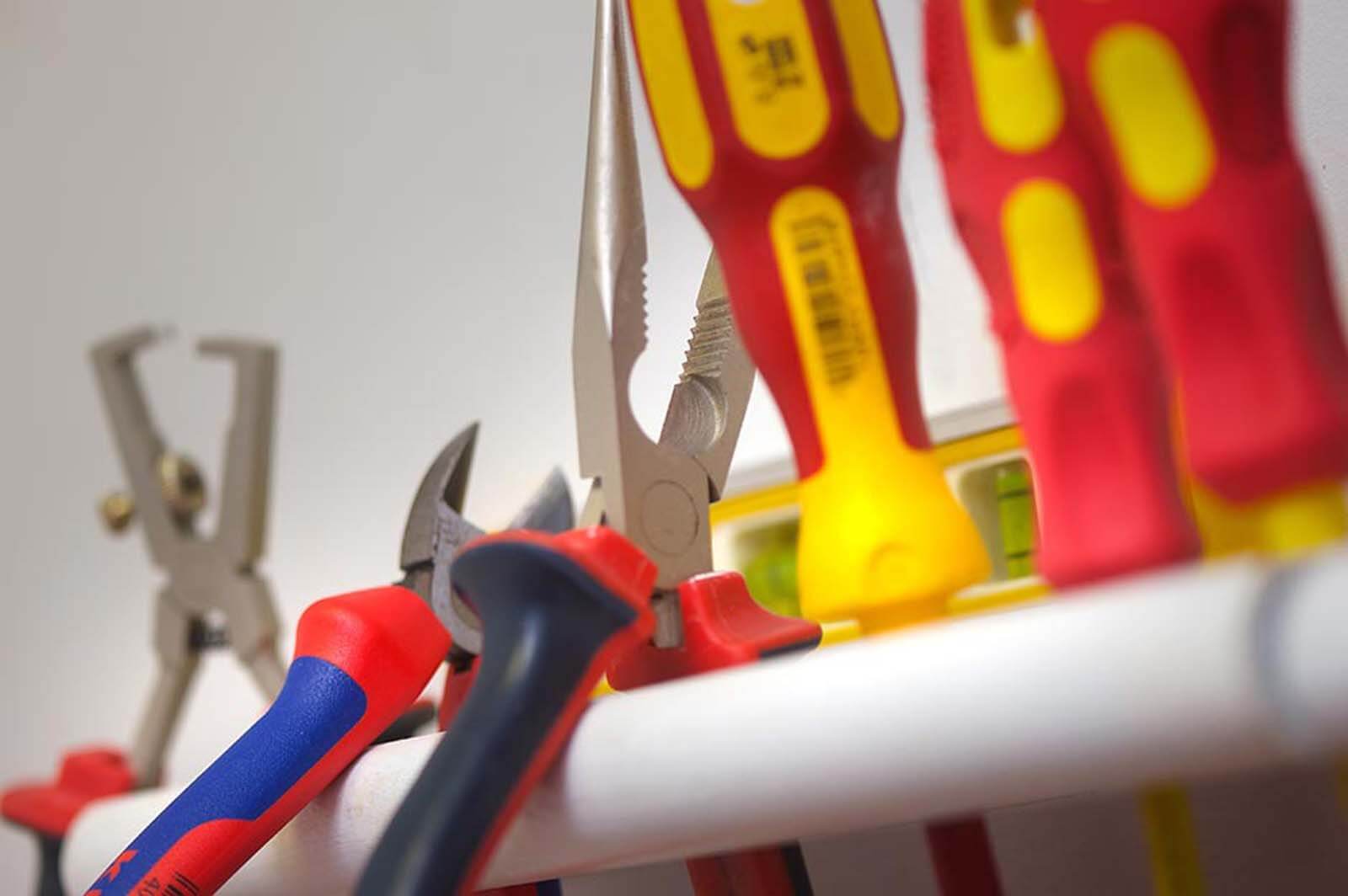Having an EICR carried out is an important milestone in determining the electrical condition of your home. An accurate EICR is essential if the householder is to obtain an accurate report of the condition of the electrics inside their home.
What do the codes mean?
As an electrician, coding an EICR can sometimes not be as straightforward as the the electrical regulations suggest. When coding an EICR a decision is made based on the findings of the EICR. Supporting evidence needs to be given for all codes – it is not as simple as just filling in the form and giving the electrics a cursory glance.
A total of 62 items have to be checked within the inspection schedule before testing can begin. For the EICR to be accurate, time has to be taken over it. It is simply not possible to walk around a house just ticking boxes contrary to what some customers – and even electrical firms consider.
There are three possible codes within an EICR they are known as C1. C2 and C3. The final decision over which code to issue is down to the individual electrician and there can sometimes be differences of option between electricians over the classification of certain items within the inspection schedule.
- C1 – There is a danger present, risk of injury and immediate remedial action required
- C2 – There is a potential danger present and urgent remedial work is required
- C3 – Improvement is recommended
Issuing codes
It is not hard to find discussions between electricians on line who are reluctant to issue a C2 code. This is because ultimately the customer has to spend money on fixing the problem and has an unsatisfactory EICR.
However, what an electrician cannot do is to make a C3 into an C2 simply because the report has a majority of C3’s where improvement is only recommended.
Changing codes
Certainly a code C2 should not be changed into a C3 in order to ‘fraudulently’ produce a satisfactory EICR. Here at Trade Skills 4 U we have heard that some electricians have been asked to turn a code C2 into a code C3. Last month we had an experienced electrician tell us about a burnt wire he had discovered a burnt wire within an insulated enclosure and the QS had changed the report to read the wire was discoloured in an attempt to change the code.
Is a code 3 playing it safe?
Some electrician argue that a C3 is neither one thing or the other. Although the installation is not dangerous as it presently stands, it also doesn’t comply to the latest 17th edition electrical regulations. In an ideal world, the customer would opt to have their electrics upgraded so it does comply, however in reality this rarely happens.
One solution that has come from you guys is to have the rules changed to state that the installation would need to comply with either the 15th or 16th edition in order to be coded a C3. This would turn many of the present C3’s into C2’s.
Why it is important to code correctly
Electricians should be given the freedom to code an EICR on their findings and not be pressured to change codes by supervisors. A C2 coding for example means that a householder is at risk of electrical shock or injury. By allowing the code to be ‘downgraded’ to a C3, the electrical problem could turn into a case of serious injury or even death. Giving the householder the knowledge that their electrical installation is dangerous gives them the opportunity to do something about it. This is particularly true for landlords who often rely on the outcome of an EICR to ensure that their tenants are electrically safe as they have a duty to ensure that the installation is safe to use.
It is important that as an electrician, the correct codes are diligently applied If that means that the reports consists of C3’s then that is what the outcome is. There should be no need to change a C3 into a C2 for no reason other than the passage of time.
If a customer chooses not to action a C2 then that is their responsibility but as an electrician, codes should always be applied accurately.
Should a customer fix a C3?
That is their decision ultimately. They are not obligated to do so and electricians we speak to in our training centre find that in nearly every case, a customer is happy to fix C1 or C2 problems but anything to do with C3 they tend to leave.
There is nothing wrong with recommended to a customer that they fix a few of the C3’s but ultimately it is their decision as to whether they do so or not.
Is there any such thing as too many C3’s?
In our opinion, no there isn’t so long as the C3 has not been deliberately changed. What is the most important is that the customer knows fully where they stand with regards to the condition of the electrics within their property.





















